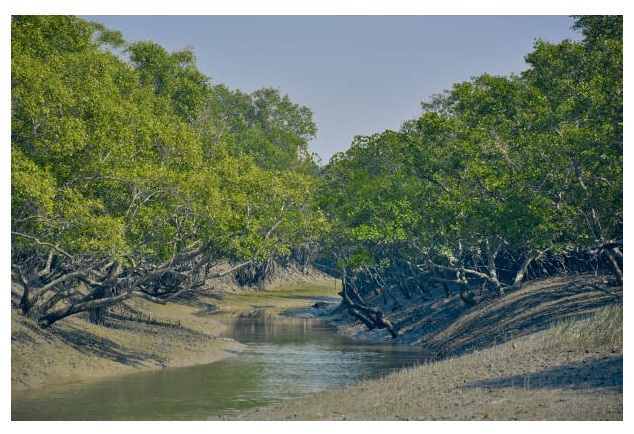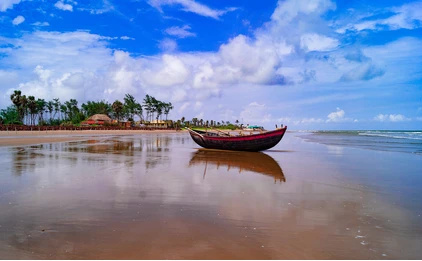Exploring the Sundarbans, the largest mangrove forest in the world and home to the elusive Royal Bengal Tiger, is a dream adventure. But it’s also a remote and ecologically sensitive area, so preparation is key. Here are travel tips for adventurers heading into the Sundarbans:
🧭 Planning & Permits
-
Choose a Reputable Tour Operator: Independent travel is extremely difficult due to terrain and permits. Go with eco-certified or government-approved guides who understand the ecosystem and local safety norms.
-
Permits Are Mandatory: Foreign and domestic travelers need forest department permits to enter core areas. Your tour operator usually arranges this, but always double-check.
-
Best Time to Visit: October to March – it’s cooler, with clearer skies and more wildlife activity.
🏕️ What to Pack
-
Waterproof Backpack & Dry Bags: For electronics and essentials – humidity and water splashes are constant.
-
Binoculars & Camera with Zoom: Great for birdwatching and spotting wildlife from a distance.
-
Long-sleeved Clothes: Protects from insects, sun, and thorns.
-
Eco-friendly Insect Repellent: Especially important for mosquitoes.
-
Headlamp or Flashlight: Power outages and early starts are common.
-
Water Purification Tablets: Bottled water isn’t always available inland.
⚠️ Safety Tips
-
Respect Wildlife Distance: Don’t provoke or try to get close to any wild animals, especially crocodiles or tigers.
-
Stay in Groups: Always move with your guide or group—solo wandering is dangerous.
-
Listen to Forest Guards: Rules in core zones are strict and for good reason.
-
Avoid Flash Photography: It disturbs animals and may provoke them.
🌿 Ethical & Eco Tips
-
Don’t Litter: Even biodegradable waste can disrupt the ecosystem.
-
Buy Local: Support local guides, artisans, and homestays to help the community.
-
Avoid Plastic: Bring reusable bottles and containers.
-
Stay Quiet: Noise disrupts both wildlife and the tranquil beauty of the Sundarbans.
🛶 Activities to Try
-
Boat Safari: Through narrow creeks and tidal rivers—prime for spotting wildlife.
-
Canopy Walks: If you’re near Sajnekhali or Dobanki watch towers.
-
Bird Watching: Especially in winter; the area is a haven for migratory species.
-
Village Walks: Interact with locals who live on the edge of the forest.





